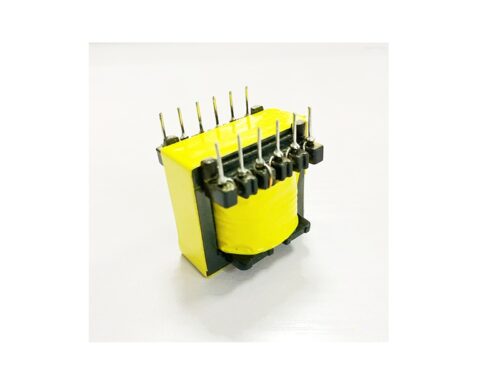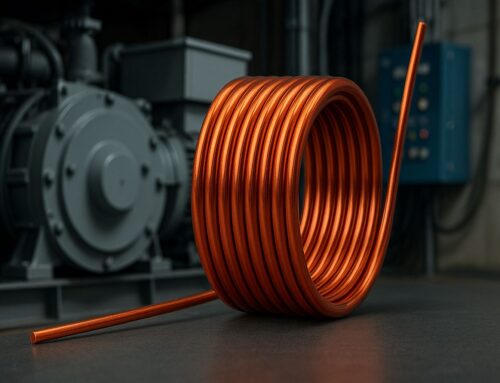Choosing the right RFID antenna coil is vital for maximizing read range and ensuring reliable data capture. Among top options, air core coils and ferrite coils stand out. These coils influence RFID read distance significantly and affect system performance. Just like lead-free compliance in electronics, selecting the right coil ensures both efficiency and reliability in RFID applications.
This blog compares air core coils and ferrite coils, analyzing their advantages and limitations to help you decide which delivers the longer read range.
Common Challenges in RFID Antenna Coil Selection
Achieving Maximum Read Range
Many RFID deployments struggle to reach optimal read distances. Limited read range reduces scanning efficiency, especially in logistics and inventory management.
Choosing the wrong coil leads to poor signal strength. Air core coils often promise better range due to low core losses. However, ferrite coils offer focused magnetic fields that can enhance performance in noisy environments.
Environmental Interference and Signal Loss
RFID antennas face interference from metals, liquids, and electromagnetic noise. These factors reduce effective read range and reliability.
Ferrite coils help shield and focus the magnetic field, minimizing interference. On the other hand, air core coils may suffer from reduced performance near metallic surfaces without additional shielding.
Size and Application Constraints
Compact RFID systems, like wearable trackers or small asset tags, require small antennas without compromising read range.
Air core coils typically have simpler designs and lighter weight, making them suitable for compact devices. Conversely, ferrite coils add bulk but improve signal focus and durability.
Cost and Manufacturing Complexity
Balancing cost and performance is critical for large-scale RFID deployments. High costs limit adoption, especially in retail or supply chain applications.
Air core coils often offer lower manufacturing complexity and cost. Ferrite coils, while more expensive, justify costs through enhanced performance in challenging environments.
Technical Solutions with Data Support
Extensive testing reveals that read range depends on coil design, material, and environment. Key data include:
| Coil Type | Typical Read Range (m) | Core Losses | Size Impact | Ideal Applications |
|---|---|---|---|---|
| Air Core | 5-8 | Low | Compact | General purpose, low interference |
| Ferrite Core | 6-10 | Medium | Larger | Metallic environments, industrial use |
Studies confirm ferrite coils outperform air core coils in metal-heavy settings, extending read range by 20-30%. Meanwhile, air core coils excel in open, low-interference spaces.
Why Choose Air Core RFID Antenna Coils?
-
Lower cost and easier to manufacture.
-
Lightweight and compact design.
-
Ideal for consumer products and open areas.
Why Opt for Ferrite RFID Antenna Coils?
-
Improved signal focus reduces interference.
-
Better read range in metal-rich and industrial settings.
-
Durable and stable under harsh conditions.
Conclusion:
When deciding between air core coils and ferrite coils, consider your environment, application, and budget. For open and cost-sensitive deployments, air core coils deliver reliable performance. For industrial and metal-heavy contexts, ferrite coils provide superior read range and stability.
Choose the optimal RFID antenna coil to boost system efficiency and capture data reliably. Act now to upgrade your RFID solutions and extend your read range.





Leave A Comment